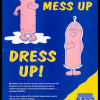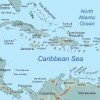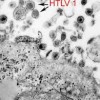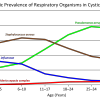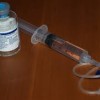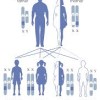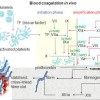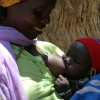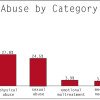Conjugal transmission of HTLV-III and lymphadenopathy in Christmas disease
Abstract
The risk of conjugal transmission of the HTLV-III/LAV virus associated with the acquired immunodeficiency syndrome (AIDS) in patients with hemophilia is unknown. To date, only a few instances of proven exposure to HTLV-III have been reported among sexual or family contacts of patients with hemophilia. … Read more

